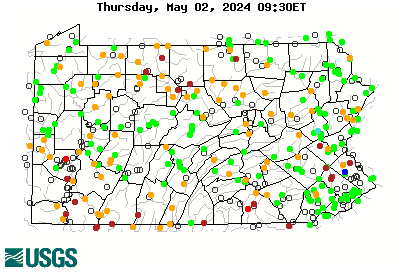We have had discussion on the impact of flatheads in the Susky off and on over the years.
A new study out of PSU sheds light on what they're eating. It was common knowledge that young FHs eat a lot of rusty crayfish (I think Mike pointed this out years ago) and this study verified this with strong evidence. Behind rusty crayfish - and a bit more concerning to me - is the large amount of marginated madtoms (my beloved "stonecats" that I like to imitate) being consumed. There's a growing sense that marginated madtoms numbers are in decline and FH predation will only make this worse. I suppose it isn't a surprise since madtoms are nocturnal and about the same size as crayfish.
Adult FHs ate fishes of just about every variety, although, curiously, redbreast sunfish were not on the list. . .
Flathead Study
A new study out of PSU sheds light on what they're eating. It was common knowledge that young FHs eat a lot of rusty crayfish (I think Mike pointed this out years ago) and this study verified this with strong evidence. Behind rusty crayfish - and a bit more concerning to me - is the large amount of marginated madtoms (my beloved "stonecats" that I like to imitate) being consumed. There's a growing sense that marginated madtoms numbers are in decline and FH predation will only make this worse. I suppose it isn't a surprise since madtoms are nocturnal and about the same size as crayfish.
Adult FHs ate fishes of just about every variety, although, curiously, redbreast sunfish were not on the list. . .
Flathead Study






